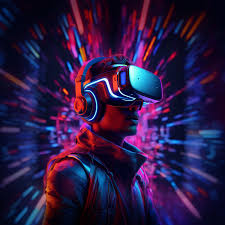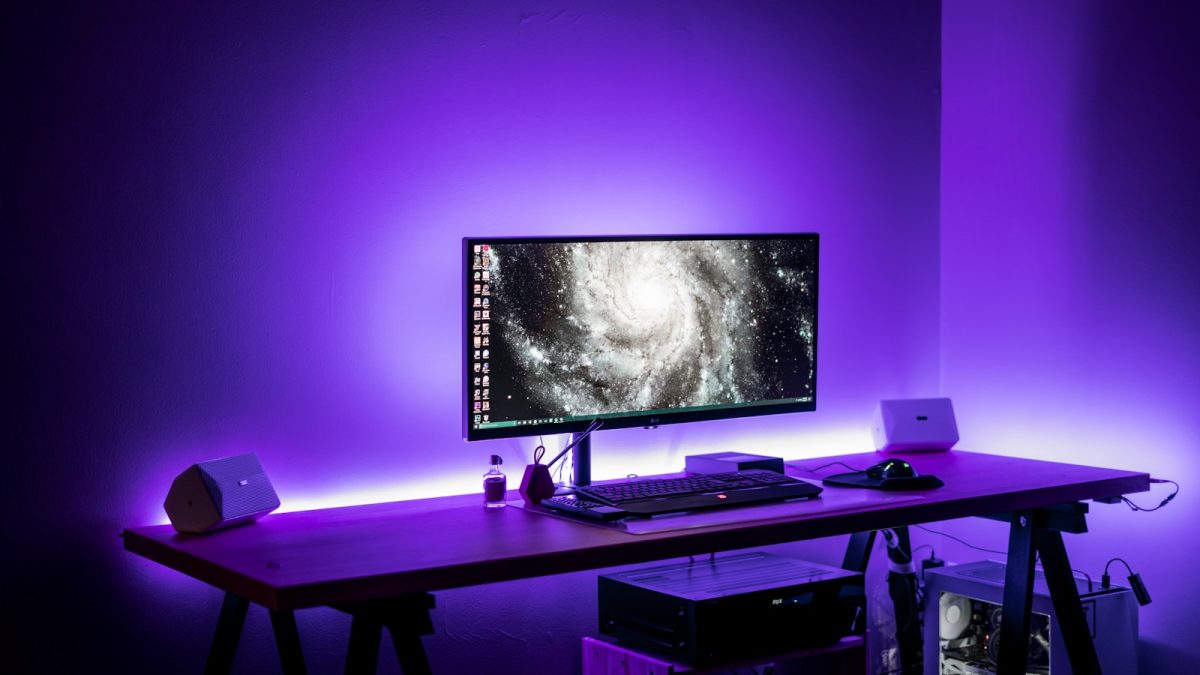Virtual reality (VR) is a technology that allows you to enter a computer-generated world and interact with it as if it were real. VR headsets, which are worn over the eyes like goggles, are the primary way to experience virtual reality. These headsets track your head movements, allowing you to look around and explore the virtual environment.
To create a virtual environment, designers use specialized software to create 3D objects and scenes. These objects and scenes are combined into a virtual world, which is stored on a powerful computer. When you put on a VR headset, the computer sends the images and sounds of the virtual world to the headset’s display and speakers. To create a sense of immersion, VR headsets display two slightly different images, one for each eye. This creates a 3D effect, making objects in the virtual world appear to be at different depths.
The headset’s lenses also distort the images, which makes them look larger and closer than they actually are. To interact with the virtual world, you can use controllers that are often included with the headset. These controllers track your hand movements, allowing you to manipulate objects in the virtual world. Some VR experiences also use special gloves or suits that track your body movements, allowing you to move around in the virtual environment.
One of the most important aspects of virtual reality is the sense of presence it creates. When you put on a VR headset, you feel like you are really inside the virtual world. This is achieved through a combination of visual, auditory, and tactile feedback. For example, the headset’s speakers provide 3D sound, which makes it seem like sounds are coming from different directions. Virtual reality technology is still evolving, but it has already found many practical applications. For example, it is used in education to provide immersive learning experiences, in healthcare to treat phobias and PTSD, and in architecture to create virtual walkthroughs of buildings before they are constructed. In conclusion, virtual reality technology allows us to enter a computer-generated world and interact with it as if it were real. By wearing a VR headset, you can explore virtual environments, manipulate objects, and feel like you are really there. As this technology continues to evolve, we can expect to see even more exciting applications in the future.
Related Stories
https://www.xrtoday.com/virtual-reality/how-does-virtual-reality-work/
https://healthymind.fr/en/virtual-reality-headset-how-does-it-work/
https://www.synopsys.com/glossary/what-is-virtual-reality-optics.html
https://www.g2.com/articles/virtual-reality
Take Action















